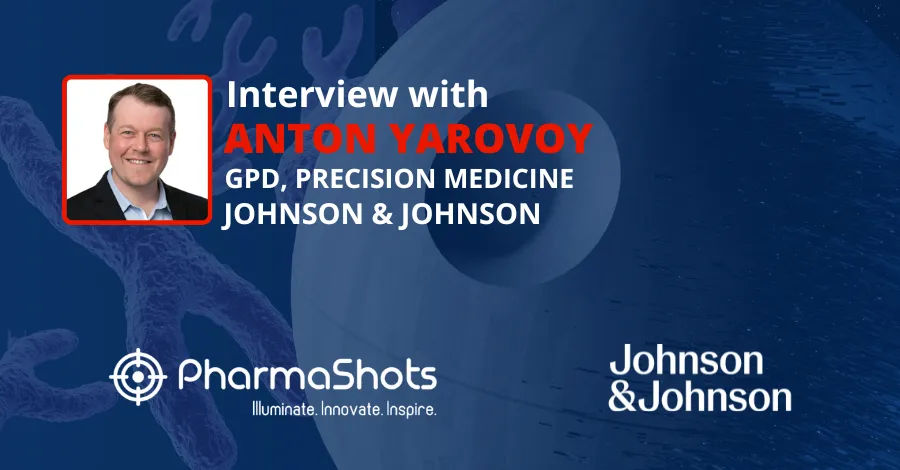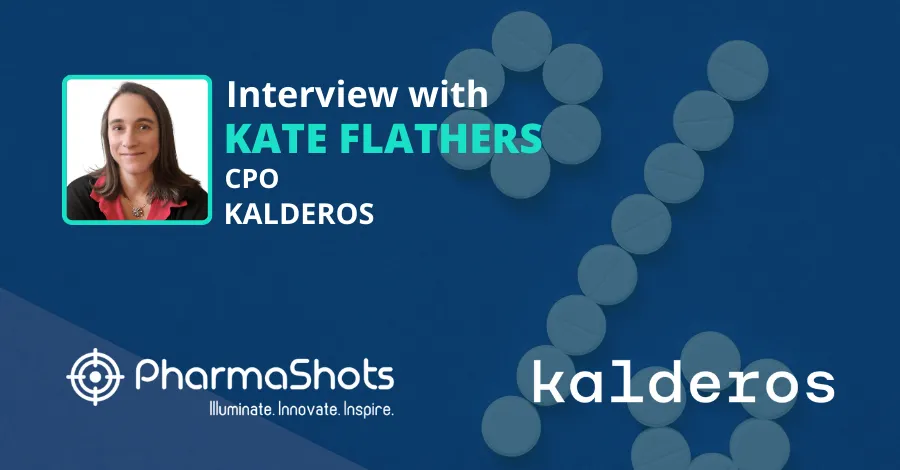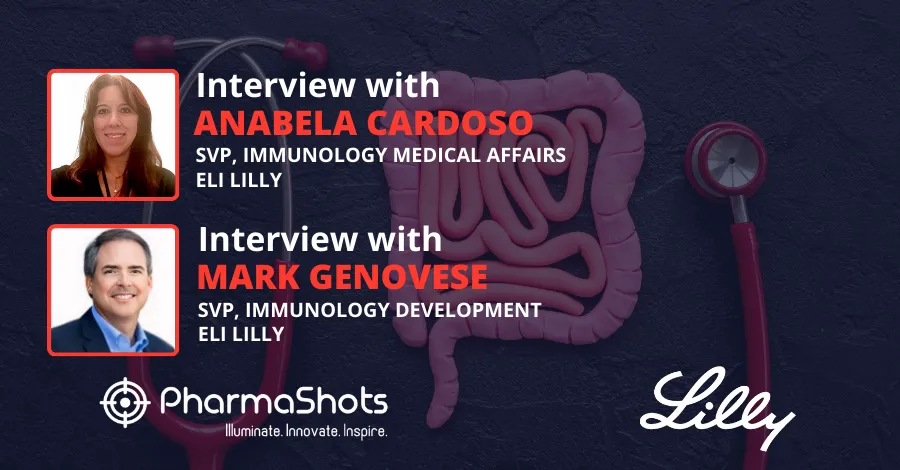
PharmaShots Interview: Recce Pharmaceuticals' James Graham Shares Insight on the P-I/II Clinical Trial of RECCE 327 (R327) for Infected Burn Wounds
In an interview with PharmaShots, James Graham, CEO of Recce Pharmaceuticals shared his views on the multiple patient dosing in P-I/II clinical trial of RECCE 327 (R327) for the treatment of infected burn wounds.
Shots:
- The multiple patients have been dosed in P-I/II trial evaluates the effectiveness & safety of RECCE 327 in 30 patients (10 will receive RECCE 327 daily while 20 will receive treatment, TIW for 14 days) with infected burn wounds at Fiona Stanley Hospital Burns Unit in Perth, Western Australia
- The preclinical study showed antibacterial activity against MRSA, reduction in bacterial load & a higher percentage of wound closure compared to Safromycin, no adverse symptoms were observed. The interim results are expected in Q4'21
- RECCE 327 is a fast-acting, broad-spectrum Abs effective against Gram-positive and Gram-negative bacteria including antibiotic-resistant superbugs
Tuba: What is the study design of the P- I/II study of RECCE 327 for infected burn wounds?
James: The Phase I/II study of RECCE 327 for infected burn wounds is being conducted at the Fiona Stanley Hospital Burn Unit in Perth Western Australia. The trial will assess RECCE 327 as a topical broad-spectrum antibiotic for patients with Gram-positive and Gram-negative bacterial burn wound infections.
The trial will involve up to 30 patients to assess the safety and efficacy of RECCE 327 before expanding to a comparative effectiveness study based on the data. Over 14 days, 10 patients will receive RECCE 327 daily while a further 20 patients will receive treatment three times per week. Burn wound specialists will oversee the delivery of RECCE 327 via a spray-on formulation, specifically developed for this study.

Tuba: Discuss the MOA of RECCE 327.
James: RECCE 327 works through multiple mechanisms of action. Hydrophobic interactions with the polymer non-specifically attract and bind the antibiotic to proteins of the bacterial plasma membrane. Subsequent disruption of the bacterial cell wall and high internal pressure in bacterial cells leads to cell lysis. Importantly, non-bacterial cells remain intact since they do not contain high internal pressures.
RECCE 327 quickly constrains bacterial cell energetics by shutting down ATP production, decreasing the pathogens ability to make proteins. RECCE 327 also depolarizes the microbe's cellular membrane resulting in membrane destabilization, and higher concentrations cell lysis.
Tuba: Highlight the preclinical results supporting the antibacterial activity of RECCE 327 against MRSA.
James: Pre-clinical studies of RECCE 327 in topical burn wounds of rats showed significant antibacterial activity against MRSA, outperforming best-in-class antibiotic Soframycin. RECCE 327 reduced bacterial load and demonstrated dose-dependent wound healing activity Soframycin with repeated efficacy even in low doses.
Tuba: What are other anti-infectives in your pipeline?
James: Expanding upon our synthetic polymer technology, we have strengthened our anti-infective pipeline to include RECCE 435, a broad-spectrum synthetic polymer antibiotic formulated for oral use for the treatment of Helicobacter pylori (H. pylori) infections, and RECCE 529, a synthetic polymer formulation for viral indications treatment of viruses having a lipid envelope or coat, examples being SARS-CoV-2 and coronaviruses, influenza viruses, HIV, hepatitis, ross river, and herpes viruses.
Tuba: Which bacteria is the leading cause of infected burn wounds?
James: Methicillin-resistant S. aureus (MRSA) is the leading cause of wound infections globally, a challenging infection for physicians to effectively treat. MRSA is now one of the leading organisms causing invasive infection in burns across the world, with burn units reporting rates of infection greater than 50%. Furthermore, studies conducted in China, India, Pakistan, and the USA have highlighted MRSA isolates as highly susceptible to certain classes of antibiotics such as glycopeptide antibiotics, teicoplanin, and vancomycin limiting the availability of therapeutic options for the treatment of infections in burn patients.
Tuba: What are the ongoing clinical trials against the prevalent antibiotic-resistant bacteria?
James: Currently, Recce has two active clinical programs against prevalent antibiotic-resistant bacteria.
RECCE 327 is being evaluated in Phase I human clinical trial to assess the safety and tolerability of the compound via Intravenous (IV) infusion. RECCE 327's primary indication is for sepsis, a life-threatening response to infection that spreads to the bloodstream. Many different bacteria including antibiotic-resistant strains can cause sepsis, making the disease extremely difficult to treat.
RECCE 327 is also being evaluated as a topical solution in a Phase I/II human clinical trial in burn wound infections. The trial will assess RECCE 327 as a broad-spectrum antibiotic for patients with Gram-positive and Gram-negative bacterial burn wound infections.
Tuba: What motivates you to work on difficult to treat bacterial and viral infections?
James: The threats posed by global pandemics and epidemics are currently greater than at any other point in human history. Since the initial global outbreak of SARS-CoV-2, which has claimed the lives of an estimated 4.2 million people worldwide, we have seen that the critical need for new therapies that help reduce the spread and mortality rate of bacterial and viral infections.
At Recce, we are proud to pioneer the development and commercialization of a new class of synthetic anti-infectives designed to address urgent global health threats, treat a broad range of infections and minimize the risks posed by antimicrobial resistance.
Tuba: Are you open to collaborations to advance your research and expand your pipeline?
James: In addressing the urgent global health threat posed by antibiotic superbugs and emerging viral pathogens, time is key to developing new therapies which can be made available to health care professionals to treat patients. Recce is continuously looking for and welcomes new opportunities to advance or expand our anti-infective pipeline with partners that share our mission and sense of urgency to find solutions for unmet medical needs.
Tuba: Discuss the company's strategy for working on anti-infectives addressing the global threat posed by superbugs and emerging viral pathogens.
James: Recce is addressing the urgent global health threat by pioneering a new class of synthetic anti-infectives shown to be highly effective against the hypercellular mutation of a wide range of Gram-positive and Gram-negative bacteria without developing resistance including the full suite of ESKAPE pathogens and their multi-drug resistant forms.
Recce's new class of synthetic anti-infectives has demonstrated a world-first multi-faceted mechanism of action that kills bacteria and keeps on killing with repeated use as listed previously. New types of resistant mechanisms and multidrug-resistant bacteria continue to emerge and spread globally and with no new classes of antibiotics in over 30 years, existing drugs are succumbing to resistance, rendering them ineffective and unable to treat infections.
Our pipeline aims to end the development hiatus and put a stop to this rapidly increasing threat. RECCE anti-infectives empower physicians with treatments that can be used repeatedly against both viruses and a broad range of bacteria including superbugs without contributing to drug resistance.
References:
1) https://www.ncbi.nlm.nih.gov/pmc/articles/PMC6141222/
Image Source: Technology Networks

About Author: James Graham is the CEO and Managing Director at Recce Pharmaceuticals & and has extensive experience in marketing, business development, and commercialization of early-stage technologies with global potential. James would support the capital-raising initiatives in the early days of Recce
Related Post: PharmaShots Interview: Portage Biotech's Dr. Ian Walters Shares Insight on the Data of INT230-6 Presented at ASCO 2021
Tags

This content piece was prepared by our former Senior Editor. She had expertise in life science research and was an avid reader. For any query reach out to us at connect@pharmashots.com














